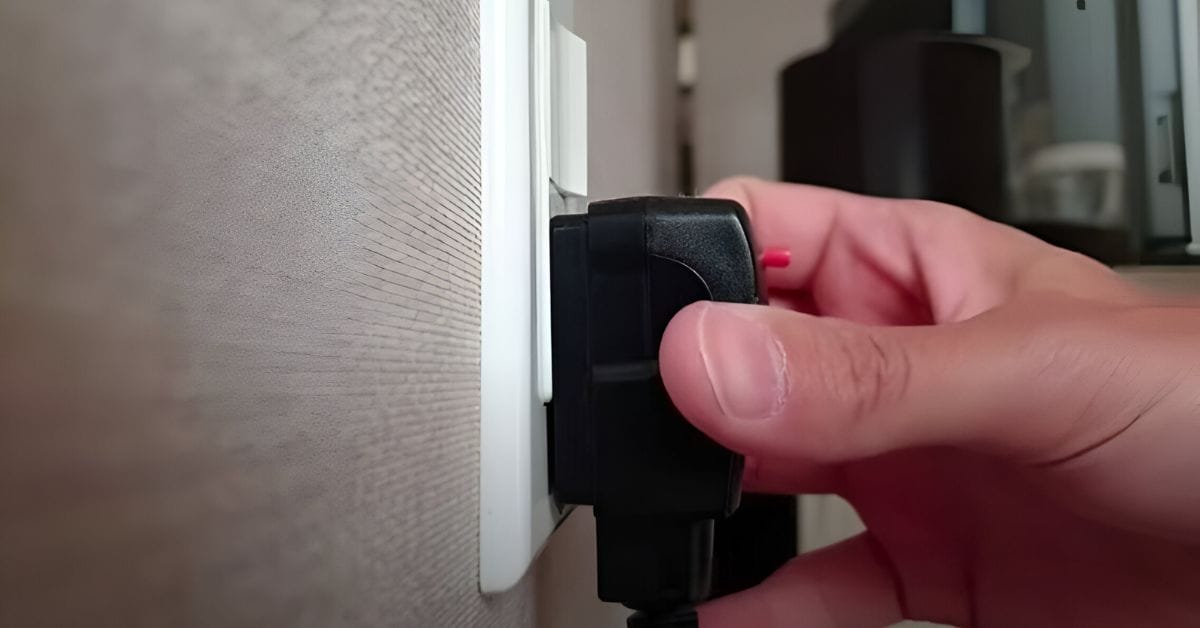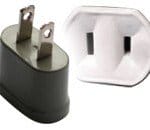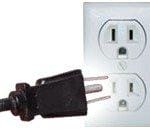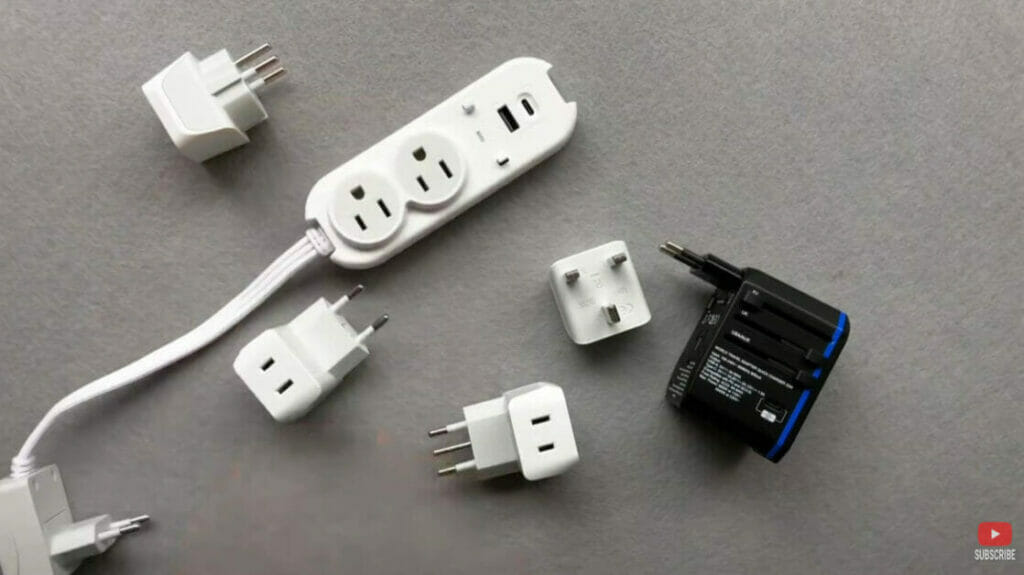What Outlet Does Mexico Use?

Are your devices compatible with Mexican outlets?
To know for sure requires knowing about the outlets used in Mexico and how they differ from US ones. You may be able to use them directly, or you may require an adapter, depending on where else in the world you’re traveling from. Let’s see.
Mexico uses Type A (2-slot) and Type B (3-slot) outlets with a standardized electrical output of 127 volts at 60 Hz. It shares the same outlet type and voltage with other North American countries like Canada and the United States, so you won’t need an adapter if traveling to Mexico from them. However, you may need a travel adapter or voltage converter if coming from other countries in the world.
Plan your vacation effectively by learning more about the outlets used in Mexico.
Outlets Used in Mexico
Shape and Size of Mexican Outlets
Mexico uses both Type A and Type B power outlets.
The main difference between Type A and Type B outlets is the number of prongs they accept.
A Type A Mexican outlet accepts 2-prong plugs like the one shown below with 2 parallel flat pins.

A Type B Mexican outlet accepts 3 prongs with 2 parallel flat pins and 1 rounded grounding pin.


Any Type A plug will fit into Type A and Type B outlets, but a Type B plug will only work in Type B outlets. Aside from the number of prongs, there’s virtually no difference between the two types.
Voltage and Frequency of Mexican Outlets
Mexico provides a standardized electrical power supply of 127 volts at 60 Hz.
As with the outlet type, Mexico shares a similar outlet voltage and frequency as other North American countries (110-120 volts), with only a minor difference of 7-17 volts.
Device Compatibility with Mexican Outlets
Travelers from North America
We saw above that:
- The shape and size of Mexican outlets are the same as elsewhere in North America.
- The voltage and frequency of the power supply in Mexico are similar to that in North America.
Therefore, those traveling to Mexico with devices sold in North America can plug in their devices to power them without worrying about compatibility.
Since Mexico uses the same outlets and a similar voltage as used in North American countries like Canada and the United States, travelers from North America don’t need a travel adapter when traveling to Mexico, either.
Electronic devices from Canada or the United States will have no problem connecting to outlets in Mexico, but the same is not necessarily true for devices from other countries.
Travelers from the Rest of the World
If traveling to Mexico from the rest of the world, i.e., outside North America, you’ll need to check whether your device is compatible and may need an adapter.
You can use an adapter or extension cord with multiple slots to make plugs fit inside Mexican outlets, but you must check the voltage difference. So, it’s important to check the device’s voltage rating if it’s made in countries outside North America.
A device can safely connect to Mexico outlets if its voltage and frequency range is within its capabilities. That means the device’s power requirements must be within the range of 110-130V to be compatible with Mexico’s outlets. You should never directly connect devices whose voltage requirements are much lower or much higher than the outlet’s voltage. Doing so will result in an overloaded outlet or device power failure.
Using a Voltage Converter
You’ll need a voltage converter to plug in devices with significantly different voltage requirements.
For example, if a device operates on 220-240 volts, you must use a step-down transformer or voltage converter to convert to around 120-130 volts.
You won’t need a voltage converter if your device is dual voltage. If you see a voltage rating with a wide range like “100-240V,” your device is dual voltage. Many electronic devices incorporate dual voltage, allowing them to connect to outlets with different voltage ratings. You can easily check whether a device has dual voltage by checking the power adapter or label.

References
Website Resources:
- World Plugs – International Electrotechnical Commission. http://www.iec.ch/world-plugs
- Mexico. https://www.power-plugs-sockets.com/us/mexico/
Video References:
Techquickie
Hungry Passport
